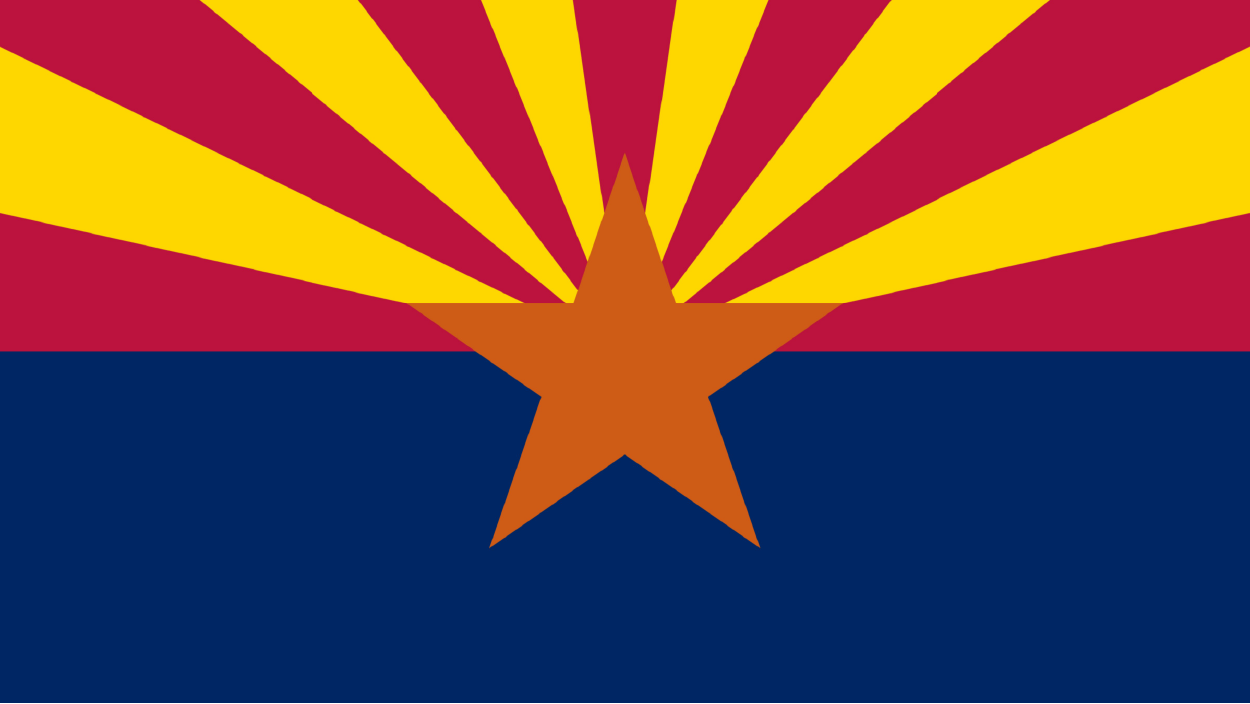Arizona Travelogue
Articles
Travelogues
View more from News & Articles or Primerus Weekly

By Tom Kirvan
Arizona, located in the southwestern United States, is home to approximately 7.3 million people. The state is known for its mix of cultures and ethnicities, including significant Hispanic, Native American, and Anglo communities. The state also is home to 22 Native American tribes, including the Navajo Nation, the largest in the United States, and the Hopi, Apache, and Tohono O'odham tribes. Arizona's urban areas, particularly Phoenix and Tucson, are vibrant and growing, reflecting the state's appeal as a destination for those seeking warm weather, outdoor recreation, and economic opportunity.
Arizona is renowned for its stunning and diverse landscapes. The state covers an area of 113,990 square miles, making it the sixth largest in the United States. Its geography is defined by arid deserts, dramatic canyons, towering mountains, and sprawling plateaus. The Grand Canyon, one of the Seven Natural Wonders of the World, is perhaps the most iconic feature of Arizona's landscape. The Sonoran Desert, which covers much of the southern part of the state, is home to unique flora and fauna, including the famous saguaro cactus. Northern Arizona, in contrast, is characterized by cooler climates and dense forests, particularly around Flagstaff and the Mogollon Rim.
The state’s rich history is shaped by the presence of Native American cultures long before European settlers arrived. The ancient Ancestral Puebloans, who built cliff dwellings like those found at Mesa Verde, and the Hohokam, who constructed complex irrigation systems, are just a few of the early inhabitants. Spanish explorers and missionaries arrived in the 16th century, followed by Mexican control after Mexico gained independence from Spain in 1821. Arizona became part of the United States in 1848 following the Mexican-American War and was admitted as the 48th state in 1912, the last of the contiguous states to join the Union. Arizona’s history is also marked by the Wild West era, with legendary figures like Geronimo and Wyatt Earp contributing to its colorful past.
Arizona’s economy is varied and robust, driven by several key sectors, including technology, manufacturing, tourism, and agriculture. The state has become a hub for the semiconductor industry, with major companies like Intel operating large facilities in the Phoenix area. Aerospace and defense industries also play a significant role, with companies such as Raytheon and Honeywell maintaining a strong presence. Arizona’s agriculture sector is notable for producing cotton, citrus, and cattle. Tourism is another major economic driver, with millions of visitors flocking to the state each year to experience its natural wonders, cultural attractions, and outdoor recreational opportunities.


Capital: Phoenix
Population: 7.3 million
Primary Languages: English and Spanish
Largest University: Arizona State University, 73,000 students
Highest mountain peak: Humphreys Peak, 12,633 feet
Must-see Attraction: Grand Canyon
Primerus Member: Burch & Cracchiolo, P.A.
Burch & Cracchiolo, P.A. is a full-service firm located in Phoenix.
Phoenix, the capital and largest city of Arizona, is a sprawling metropolis located in the central part of the state. With a population of more than 1.7 million people, it is the fifth most populous city in the U.S. Phoenix is known for its hot desert climate, with long, scorching summers and mild winters that attract snowbirds from the northern states. Key attractions in Phoenix include the Desert Botanical Garden, the Phoenix Art Museum, and the Heard Museum, which showcases Native American art and culture.
Top 5 Must-See Tourist Destinations